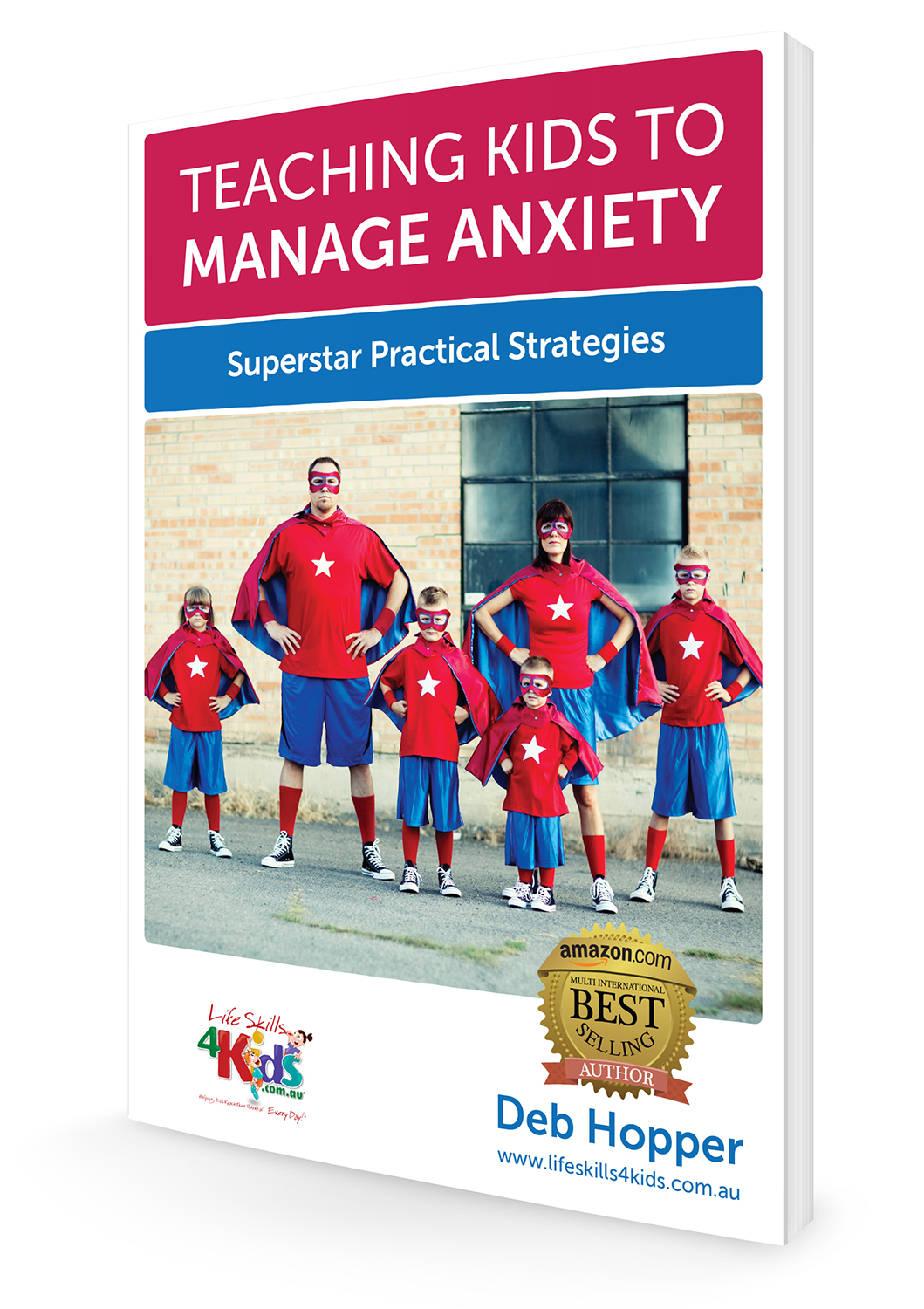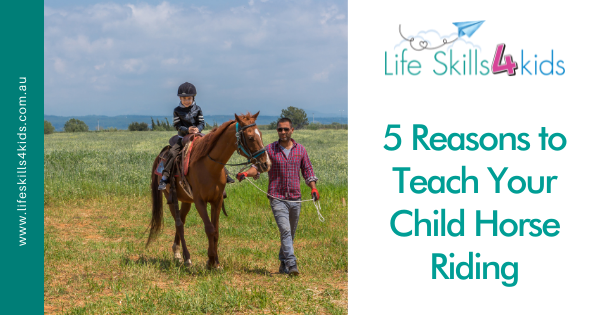Horses have shared a bond with man for many thousand years. Horses have been used extensively to transport goods as well as people. Horses have also lent help in the fields of construction and agriculture. They are also used in sports such as horse racing, polo etc. and also for recreational riding purposes. Over the last few decades, horses have also contributed to helping individuals with physical disabilities, mental health, and behavioral issues.
Let’s take a look at how these gentle animals help promote developmental benefits.
- Positive influence on fitness and health
- A boost in scholastic performance
- Effective tackling of Sensory Processing Disorder (SPD)
- Boost in confidence
- Helps ingrain positive traits
1. Positive influence on fitness and health
It has become extremely easy as well as affordable to gain access to the latest technological gadgets, in this digital age.Children are often found engrossed with games on their smartphones or tablets or watching mindless television. These habits lead to a sedentary lifestyle and can oftentimes lead to physical health problems including childhood obesity. It also hampers their creativity, reasoning power and the capability of thinking logically.
Bringing kids in the outdoors has many benefits. Besides breathing in the crisp and fresh air, your child learns to be in sync with their natural surroundings. Taking in fresh air helps boost memory, and also keeps your child’s mind active. It also helps your child improve their creativity. Introducing your child to a sports activity such as horseback riding will be a good motivation for them to spend time outdoors.
Horseback riding is an excellent form of exercise to the body as well as the mind. This activity helps utilize the core muscles optimally. In order to avoid falling off the horse and maintain a steady balance, when engaged in horseback riding, the rider is required to use the muscles of the inner thighs and the pelvic muscles. Usage of these particular muscle groups help children in developing a correct posture at an early age. It also improves flexibility and helps build muscle tone. Besides promoting good health, activities such as horseback riding are great for burning off calories.
When your child is mounted on a horse, you are highly likely to think that the horse is carrying the weight of your child and walking/running as well. Therefore all the hard work is done by the horse and not your child. This, however, is not the case. The rider is required to put in an equal amount of effort when engaged in horseback riding. The rider must adjust their body position and balance to match the horse’s movements. This helps your child sharpen their focus on the task at hand – staying mounted on the horse and navigating the horse to stay on track.
2. A boost in scholastic performance
Extensive research has proven that the cognitive ability of the children, who engaged in horseback riding, showed great improvement. Research has also proven that the vibrations given out by a horse when it is being ridden, has the ability to activate the sympathetic nervous system in the brain of humans.In layman’s terms, what this means is – horseback riding can help children get better at problem-solving, improve and increase their learning ability, strengthen their memory power and sharpen their focus. All of these skills and qualities acquired when engaging in horseback riding, spill over into children’s academics as well. Such children are better disposed to take on academic tasks and do well in school.
3. Effective tackling of Sensory Processing Disorder (SPD)
Even if a child doesn’t have a diagnosis like ADHD or Autism, it is imperative to understand that the child could still be struggling with attention and concentration in their class. Some kids might ‘appear’ to be struggling with an SPD (Sensory Processing Disorder) or may have unidentified sensory issues.
Sensory processing issues can involve extreme or overwhelming responsiveness to a host of stimuli. These stimuli can involve balance, body awareness, sounds, sights, touch, taste, smell etc. The vestibular sense organs in our body help us with experiencing body balance and spatial orientation. These sense organs are situated inside the inner ear. These are stimulated by the incline, speed and direction change.Horseback riding gives the required stimulation to energize the sensory preceptors.
When engaged in horseback riding, children who have an underdeveloped sense of balance are able to figure out how they must adjust their body position to match the horse’s movements to avoid falling off. As mentioned earlier, horseback riding helps build the muscle tone. They learn how to get a good grasp of reins as well. All this helps children learn about motor control and body balance.
4. Boost in confidence
When children are faced with the challenge of riding an animal that is more than twice their size, they are highly likely to feel daunted by the task. However, with proper guidance and training, when they are able to mount the horse and ride it, you will notice a remarkable surge in their confidence. This confidence that children earn in their formative years plays a key role in ensuring that they develop a well-rounded and wholesome personality as they grow up. This confidence also helps children develop a larger peer group, which has a positive impact on their well-being.
5. Helps ingrain positive traits
When children learn horseback riding, they also learn how to care for the horse , how to feed the horse and groom it. This helps develop a strong bond between the horse and child. This way children learn to put the needs of the horse before themselves. Traits like these spill over into their day to day lives and children become more caring and compassionate towards their family and friends.
When learning horseback riding, children meet other kids who share a similar liking for horses. This helps them develop a friend circle outside their school. It also helps them learn and develop social skills.
Children are also likely to engage in friendly races with their friends at the horseback riding facility. This teaches them to accept winning and losing with equal grace. They learn the importance of sportsmanship through healthy competition.
Other Articles from LifeSkills4Kids with more tips on Sensory Processing Disorders :
- An Overview of Sensory Processing Behaviours and Protective Factors: The See-Saw Model of Sensory Processing
- How to Know If Your Kid Has Sensory Issues and How Can You Help
- SPD and Anxiety – How Do Symptoms Look Similar (and Different) in Classrooms
- Idenfitying Sensory Issues that Impact Learning in the Classroom
- Sensory Processing Disorer (SPD) and Anxiety – How are they similar and different?
Written by Nicky Ellis – www.horsesandfoals.com
Teaching Kids to Manage Anxiety: Superstar Practical Strategies (eBook)
Kids today are growing up in a fast-paced world where information and opportunity overload can be overwhelming.
Based on many years of clinical experience as an Occupational Therapist, Deb Hopper has been using her Just Right Kids® Model to teach children to communicate and manage their stress and anxiety by:
– Identifying their “body speed”,
– Understanding their stress triggers, and
– Implementing simple strategies to reduce anxiety and stress.


